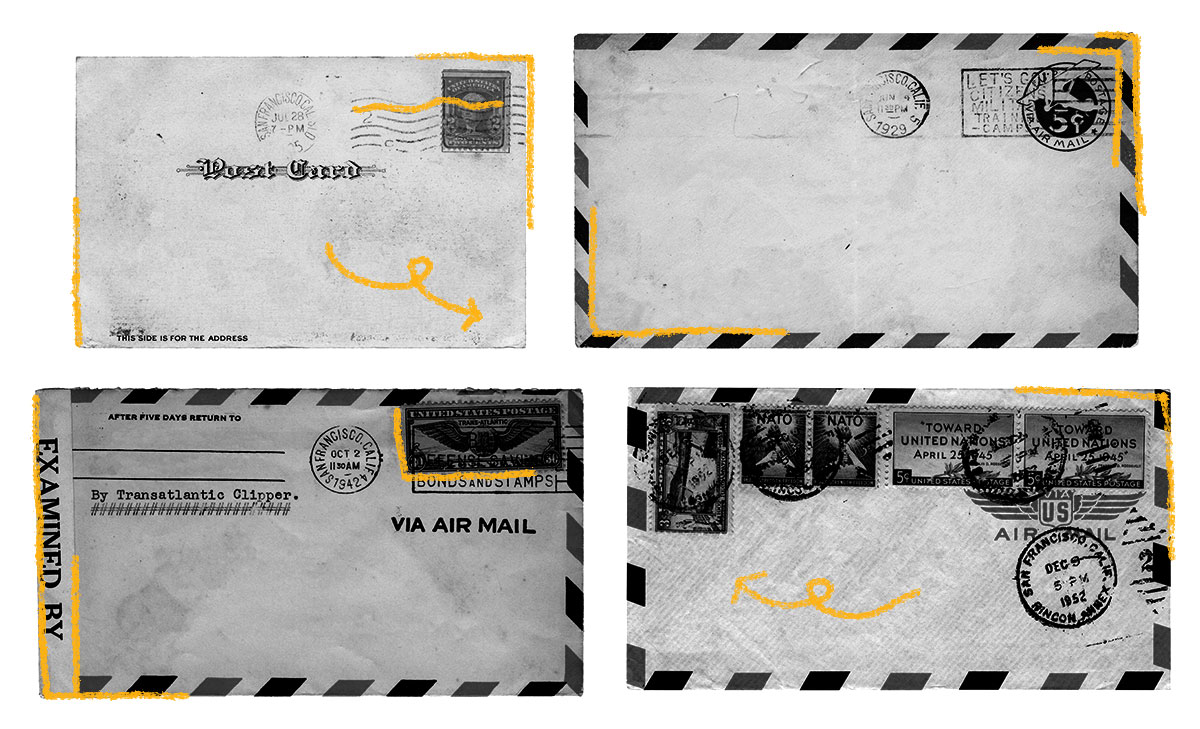The first envelopes were made by the Babylonians, who enclosed clay tablets in clay “envelopes.” It’s thought that early envelopes were used in ancient China, where a crude form of paper was developed as early as 1200 B.C. By the 17th century, separate envelopes had begun to appear in France and Spain. It was King Louis XIV of France who popularized the use of a cover to ensure the privacy of letters. In America, letters delivered by the Pony Express were placed in envelopes and then wrapped in oil silk for extra protection before being placed in a leather saddle sling. The first prepaid postal wrapper appeared during Queen Victoria’s reign in England – it was called the Mulready envelope. Machines to make envelopes soon followed in both Britain and France. Envelope design then became popular; advertisements were even printed on them for a time! During the Civil War, messages and slogans were often drawn on makeshift envelopes; these are considered collector’s items in some circles today. In modern times, envelopes are available in a variety of sizes; they are usually plain white or beige and include a mechanism for being sealed. Today, they continue to do their job of protecting letter privacy, but it’s easy to take the envelopes for granted. Don’t forget that once upon a time, they were viewed as an extremely innovative and important new product!

Your go-to guide for weird history facts
Subscribe to the FREE daily email that makes learning about history fun.


